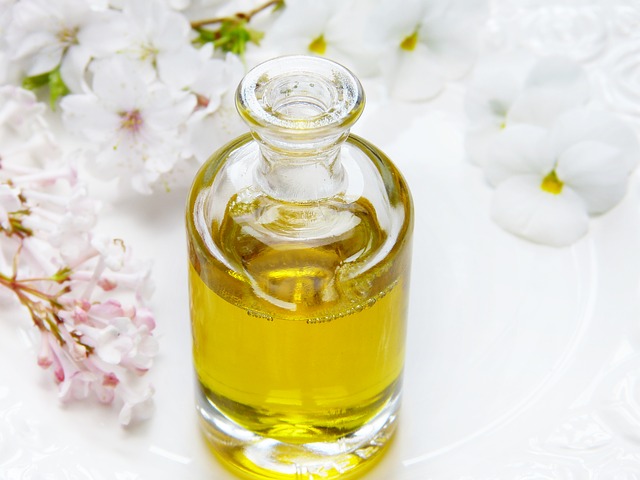With a more connected world, we are all learning of the magnificent properties which come out of plants from all corners of the world. Some of these plants have been ingrained in cultures and used for beneficial purposes for centuries, but they are just now beginning to see a bigger spotlight, while we are still learning of medical uses with all sorts of plants that we’ve had in our backyard.
Science Flora offers great insights into the wonderful world of herbology and how it can help with chronic ailments or issues in a natural approach.
Herbology
Among the plants discussed, there are a few which get highly mentioned as they are causing a lot of buzz for their variety of effects. Cannabis and kratom have been receiving a lot of attention for their medical properties both physically and mentally. However, these aren’t the only plants discussed, because those are only two of the hundreds of thousands of plants currently growing on Earth.
Cannabis
Cannabis or hemp has been used for centuries for a multitude of purposes from pain-relief to using the fibers to make clothing. It can be grown with chemicals that have known qualities to cause intended effects; the two most notorious being THC and CBD.
THC, Tetrahydrocannabinol, is the active chemical that produces the euphoric high. The use of high THC strains has become increasingly popular especially with more wide-spread legalization across the globe. Cannabidiol or CBD has found a new spotlight with its medical qualities in aiding with pain relief, inflammation, and anxiety relief.
Kratom
Though kratom has been used for medicinal intentions throughout Southeast Asia for hundreds of years it has only recently received international attention. Kratom, another name for Mitragyna speciosa, is a plant that grows in various locations such as Thailand, Bali, Borneo, and other locations in Southeast Asia.
There are a lot of testimonies to the benefits of using kratom such as anti-anxiety and pain-relief. Among those qualities, some strains can also help with alertness and decrease irritability.
Why Use Herbs Over Pharmaceuticals?
Herbs can have a great advantage over pharmaceuticals if they are used properly, and one maintains a healthy daily life to coincide with it. Many don’t like to use pharmaceuticals because they tend to have harsher side-effects than herbal alternatives.
Some of the negative effects of using pharmaceuticals can be worse than what they are trying to cure. The consistent use of Tylenol or ibuprofen can have long-term damaging effects to certain parts of the body such as the liver.
Side-Effects to Herbs
Although using plants and herbs to aid your battle with ailments can be a great experience, there can also be a few downsides.
- Allergies
- Abuse
- Strength
Allergies can be an issue as they might prohibit one from being able to use specific plants that could otherwise help them. It’s always recommended that you start with small doses of anything to see how your body reacts to it. This applies to both pharmaceuticals and plants.
As some of the plants can have intoxicating effects, there is always the potential risk for abuse. It’s always a good idea to check with a physician or an herb specialist when using herbs for medicinal purposes and it is advised not to self-medicate regardless of the condition you’re attempting to treat. If you or someone you know is suffering from any sort of substance abuse, please contact help.
Although herbs are great at curing a wide range of illnesses, it sometimes doesn’t have the strength to tackle things such as aggressive cancer or brain hemorrhage. The herbal approach is much better suited for a preventative approach.
